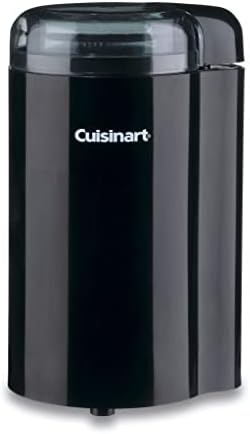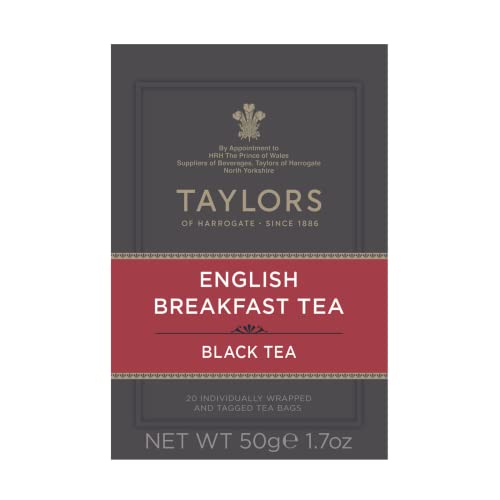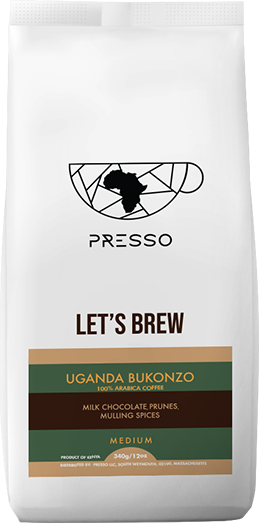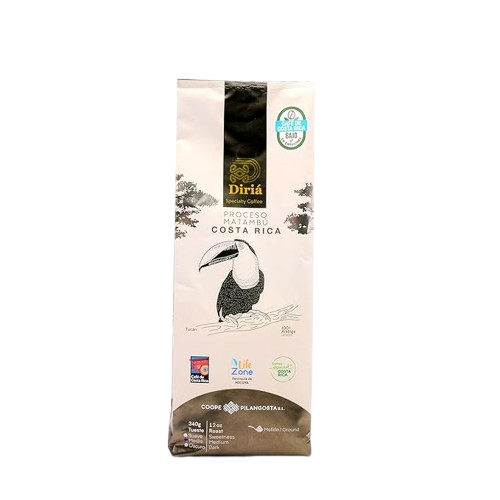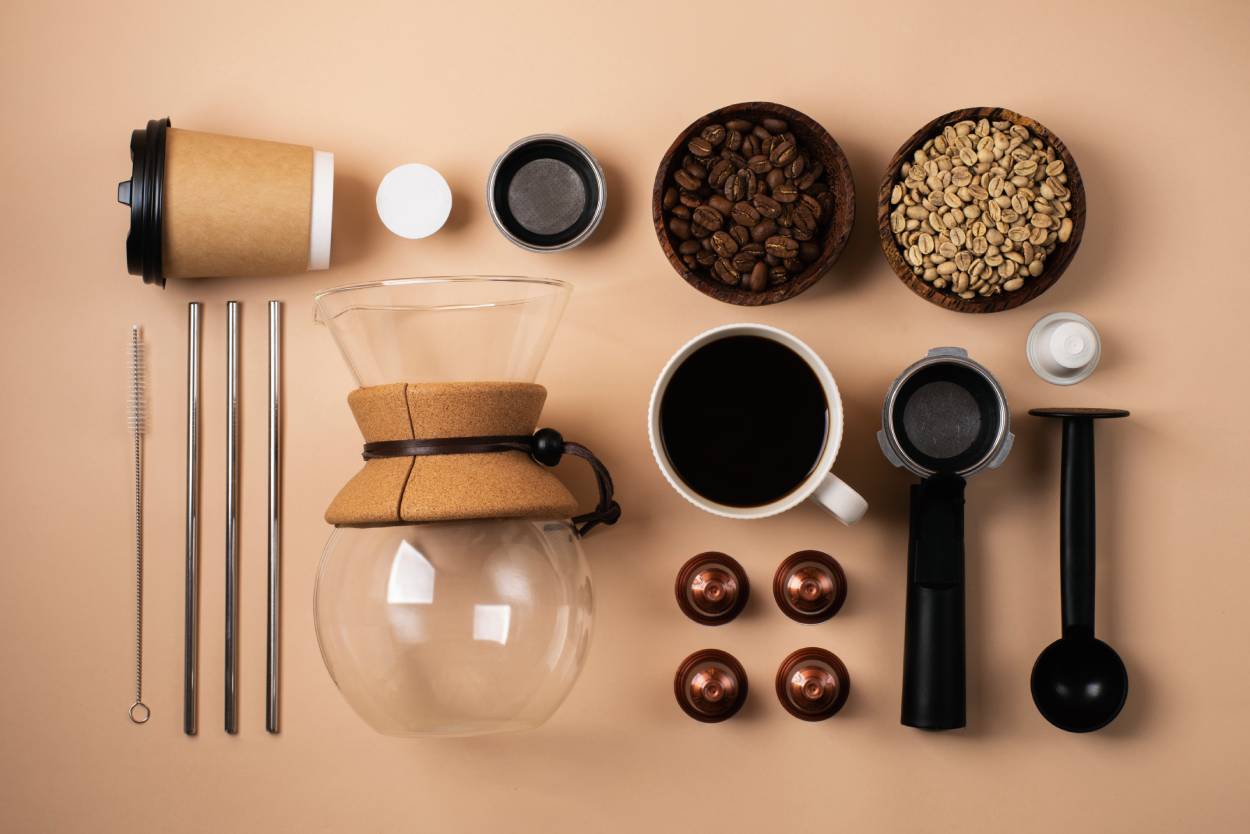
What is Japanese Iced Coffee?
Table of Contents
What is Japanese Iced Coffee?
- Adam Smith
- 05-02-2025
- 23-07-2025
- 1336 views
- coffeepedia

Japanese iced coffee is a brewing method that delivers a crisp, aromatic, and flavorful iced coffee experience. Unlike cold brew, which requires steeping coffee grounds in cold water for hours, Japanese iced coffee is brewed hot and instantly chilled over ice. This method, often called “flash brewing,” preserves the delicate aromatics and nuanced flavors that can be lost in traditional cold brew techniques.
The History of Japanese Iced Coffee
Japan has a long-standing coffee culture dating back to the 1800s, with its influence from Dutch traders who first introduced coffee to the country. However, it wasn’t until the 20th century that iced coffee gained popularity, particularly as a summer refreshment. The method of flash brewing, where coffee is brewed hot and immediately cooled, became widely adopted in Japan’s specialty coffee scene. Today, Japanese iced coffee is revered by coffee enthusiasts around the world.
How is Japanese Iced Coffee Made?
The key to making excellent Japanese iced coffee lies in the brewing process. Here’s a step-by-step guide to making it at home:
Ingredients:
- 30g of high-quality coffee beans (medium grind)
- 250ml of hot water (about 195–205°F or 90–96°C)
- 125g of ice
Equipment:
- Pour-over dripper (Hario V60, Chemex, or Kalita Wave)
- Paper filter
- Coffee scale
- Kettle
- Carafe or glass
Brewing Instructions:
- Measure and grind the coffee: Use freshly roasted coffee beans and grind them to a medium consistency.
- Prepare the dripper: Place a paper filter in your pour-over dripper and rinse it with hot water to remove any papery taste.
- Weigh the ice: Put 125g of ice into the carafe or glass before brewing.
- Brew over ice: Slowly pour 250ml of hot water over the coffee grounds in a circular motion. The brewed coffee will drip directly onto the ice, rapidly cooling it.
- Stir and serve: Once the brewing is complete, give the coffee a gentle stir to ensure even cooling. Serve immediately and enjoy!
Why Choose Japanese Iced Coffee Over Cold Brew?
Japanese iced coffee and cold brew have different flavor profiles and brewing methods. Here’s why some coffee lovers prefer the Japanese method:
- Brighter flavors: The hot brewing process extracts a full spectrum of flavors, maintaining the brightness and acidity of the coffee.
- Faster preparation: Unlike cold brew, which requires steeping for 12–24 hours, Japanese iced coffee is ready in minutes.
- Retains delicate aromatics: Many floral and fruity notes in specialty coffee beans are preserved through hot brewing, making the final drink more aromatic and complex.
Best Coffee Beans for Japanese Iced Coffee
The best beans for Japanese iced coffee are typically light to medium roasts with bright acidity and fruity or floral notes. Some great options include:
- Ethiopian Yirgacheffe (floral and citrusy)
- Kenyan AA (berry-like and vibrant)
- Colombian Huila (balanced with caramel sweetness)
- Costa Rican Tarrazú (nutty and chocolatey with citrus notes)
Customizing Your Japanese Iced Coffee
While the traditional method is simple, there are several ways to tweak your Japanese iced coffee to suit your preferences:
- Milk and Sugar: Add a splash of milk or a sweetener if you prefer a creamier, sweeter taste.
- Flavored Syrups: Vanilla, caramel, or hazelnut syrup can enhance the flavor without overpowering the coffee’s natural profile.
- Alcoholic Twist: Add a shot of coffee liqueur or whiskey for a refreshing coffee cocktail.
Japanese Iced Coffee in Coffee Shops
Many specialty coffee shops and third-wave cafés around the world now serve Japanese iced coffee due to its growing popularity. If you visit Japan, you’ll find that many coffee houses, from traditional kissaten to modern cafés, serve this refreshing drink.
Conclusion
Japanese iced coffee is a must-try for any coffee lover who enjoys iced drinks but doesn’t want to sacrifice flavor complexity. Its unique brewing process ensures a refreshing, well-balanced cup with vibrant acidity and deep aromas. If you haven’t tried it yet, grab your favorite beans and start brewing!









